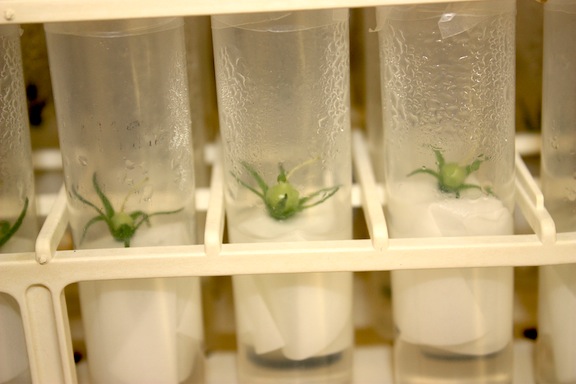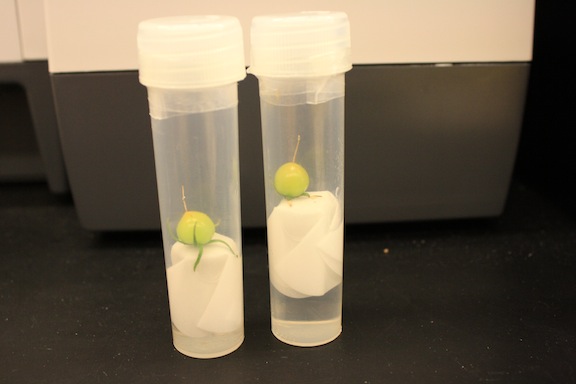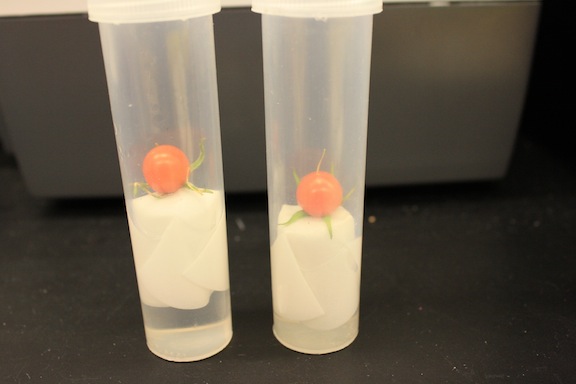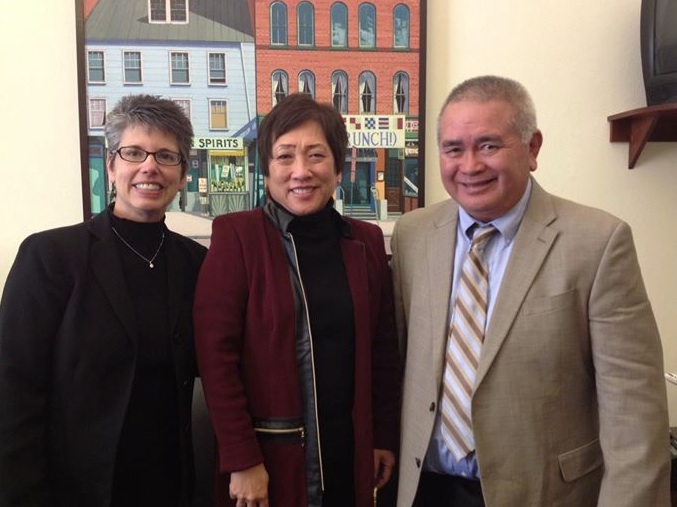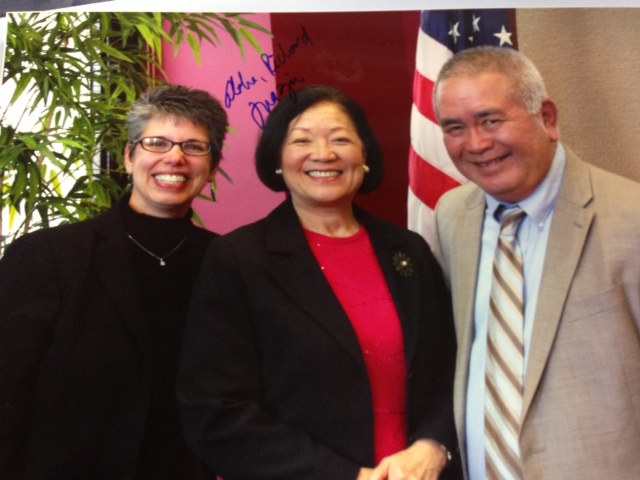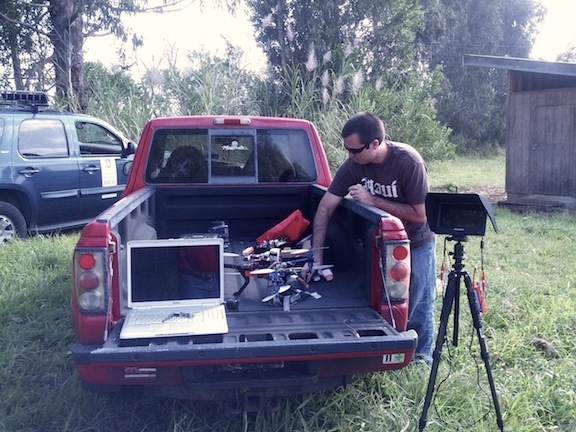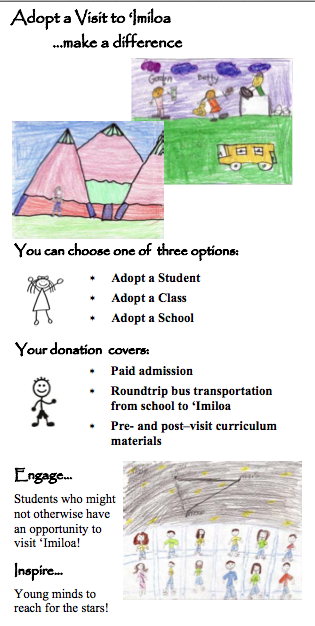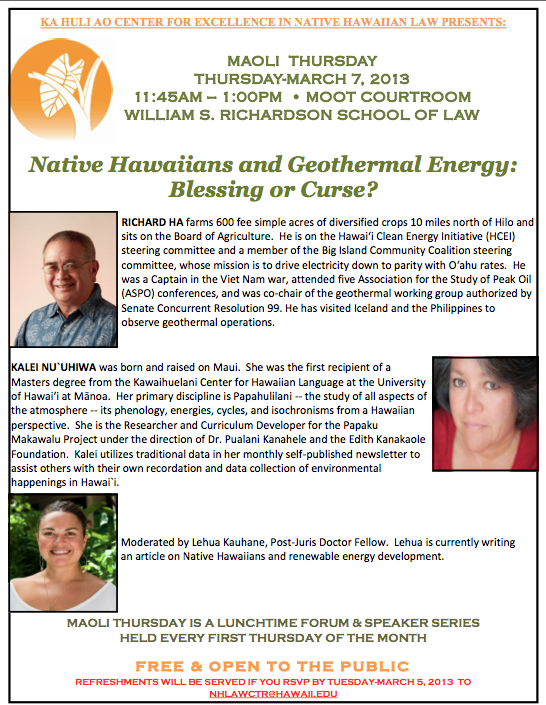Richard Ha writes:
Today the Land Board approved the Thirty Meter Telescope (TMT). That's the final word. It's over.
Along with several others, I attended the Land Board meeting today in Honolulu where they heard testimony. Then they went into executive session and made their decision.
It's hard for me to find the words to say how important this is.
Last night I attended a presentation at ‘Imiloa Astronomy Center of students from about ten different high schools from around the world. Each gave a scientific report and they were so high-level they were just mind-boggling. One was some kids from India describing how to measure the mass of the Milky Way. They went into every little step of how a planet forms and dies, and it was evident they hadn't memorized anything, they actually knew it. It gives you so much faith in human beings and their ability to think and do these kinds of great things.
There was also a presentation by high school students from Keaukaha on how to make a koa and fiberglass canoe. It was much more involved than I would have thought. And a robotics team from Kalani High School that was made up of three girls. One of them told the audience that before she got involved in robotics she was very shy. But now, through robotics, she has discovered a passion for teaching small kids and especially girls. She raised her hand and said, "YES!!" It's amazing to see students achieving what they didn't think they could achieve.
The Thirty Meter Telescope sponsored this event at ‘Imiloa. There are all sorts of interesting things going on, which we don't necessarily know are happening, because of the Thirty Meter Telescope and its commitment to education.
YES!!
Here is the testimony I gave this morning to the Board of Land and Natural Resources:
Aloha, everyone,
I have been involved with the TMT project from the beginning and decided to support it because of TMT's efforts to do the right thing for our Big Island. This is a once-in-a-lifetime opportunity for us. A project like the TMT will never come our way again. The benefits to the Big Island's young people – not just today's generation, but future generations too – is enormous.
The TMT is giving $1 million dollars annually to The Hawaii Island New Knowledge (Think) fund. The annual installments begin next month and last through the ten years of construction and the 50 years of viewing time.
The Big Island has the lowest median family income in the state, and education is the best predicted of family income. The TMT partner's contribution is strictly discretionary spending. It is money out. There is no money coming in. If we stretch the waiting period too far, we could lose the whole project.
Time is of the essence. Please do not jeopardize this education fund for our young people.
Aloha,
Richard Ha
President, Hamakua Springs Country Farms and its 70 workers.
Also representing the Hawaii Farmers and Ranchers United. This grass roots organization represents 90 percent of the farm value produced on the Big Island
Also, President of the Big Island Community Coalition. Its steering committee members in their private capacities are:
Dave DeLuz, Jr., President, Big Island Toyota
Rockne Freitas, Former Chancellor, Hawaii Community College
Michelle Galimba, Member, Board of Agriculture and Ka'u rancher
Richard Ha, President, Hamakua Springs Country Farms
Wallace Ishibashi, Former Chair Big island Labor Alliance, DHHL commissioner.
Kuulei Kealoha Cooper, Trustee of Kealoha Trust
D. Noelani Kalipi, Former Staffer for Senator Akaka. Helped to write the Akaka Bill.
Ka‘iu Kimura, Executive Director, ‘Imiloa Astronomy Center
H.M. Monty Richards, Kama‘aina Cattle Rancher
Marcia Sakai, Vice Chancellor for Student Affairs, UH Hilo
Kumu Lehua Veincent, Principal of Kamehameha Schools, Hawai‘i Island campus
William Walters, President, W.H. Shipman., Ltd.

